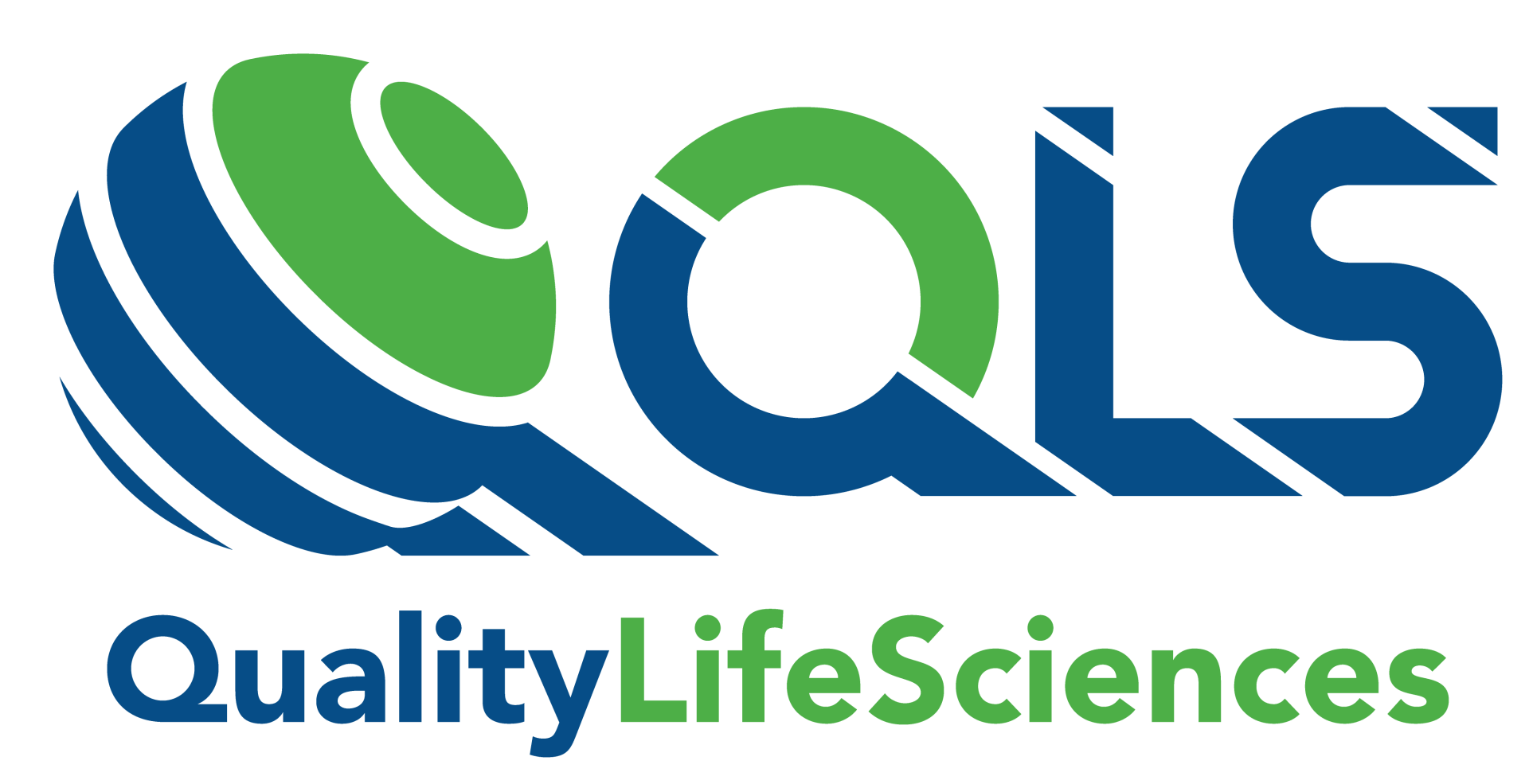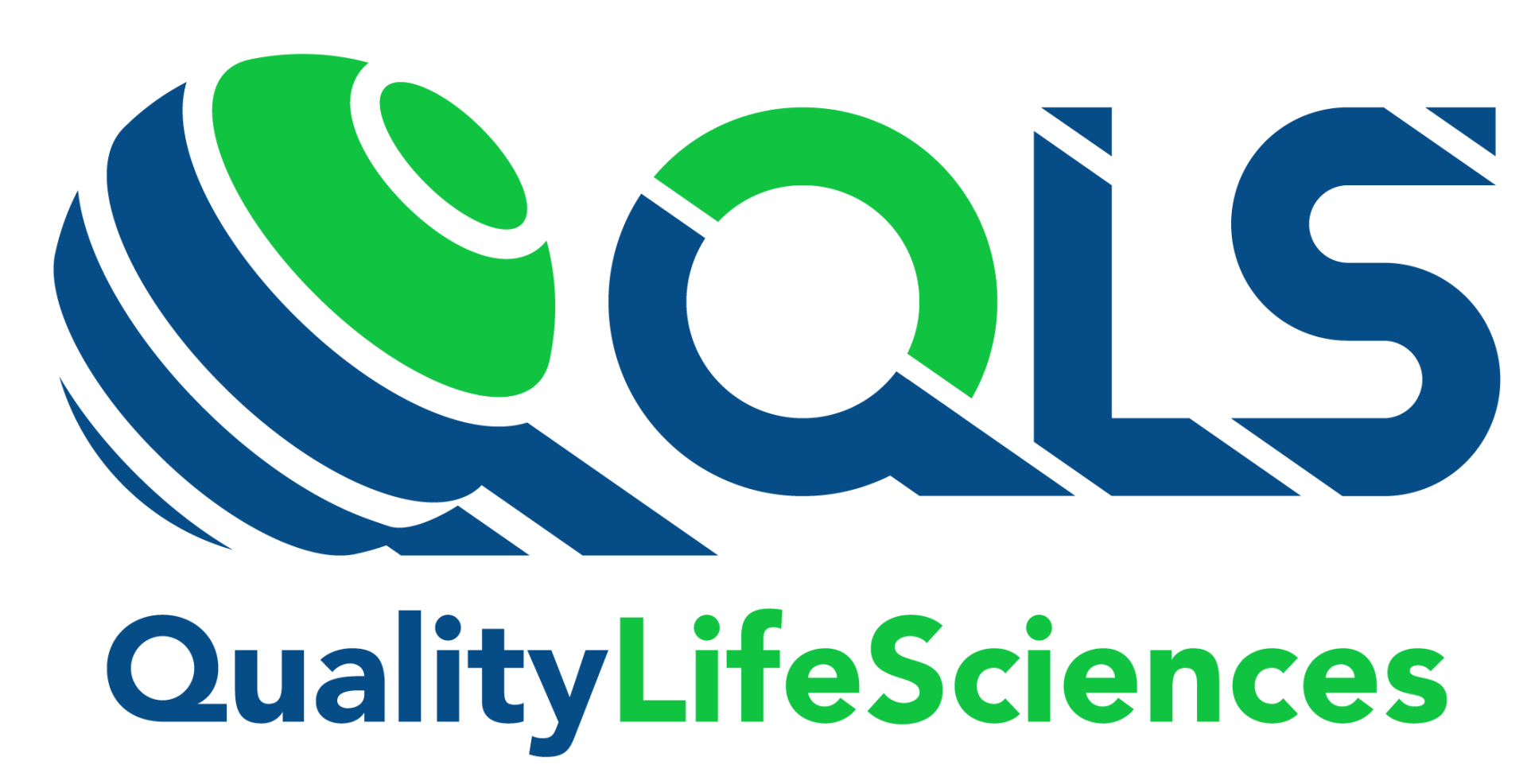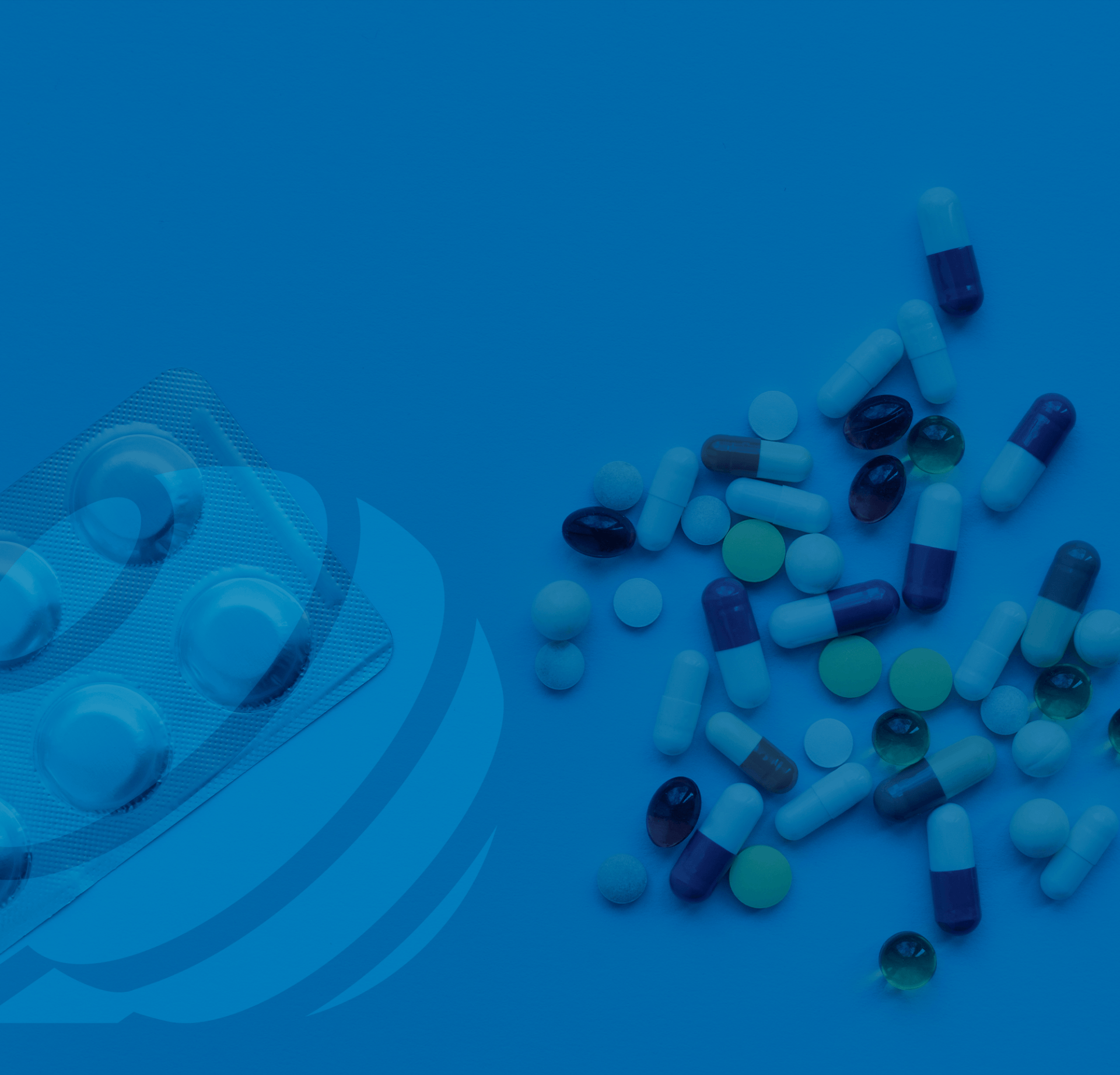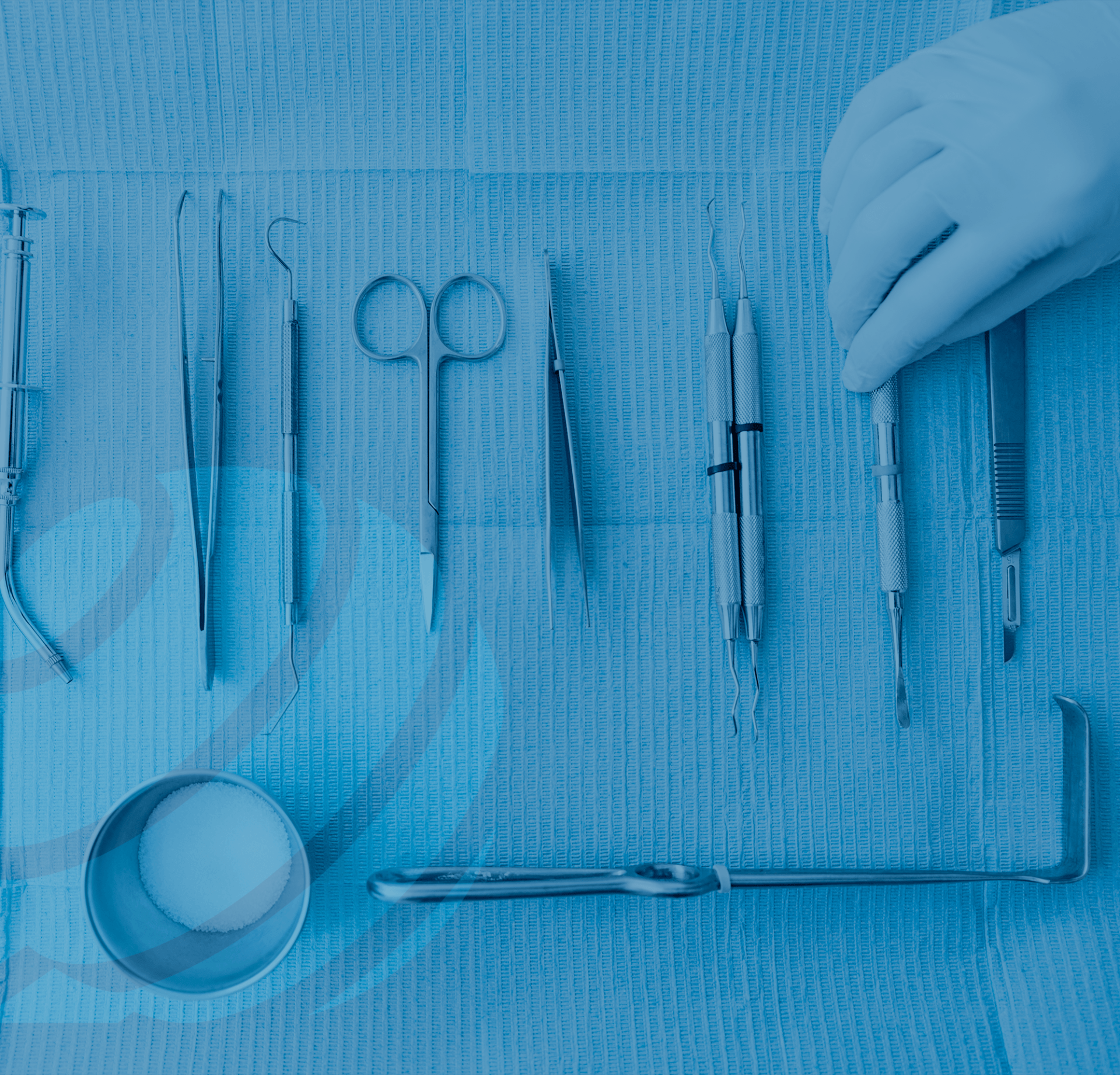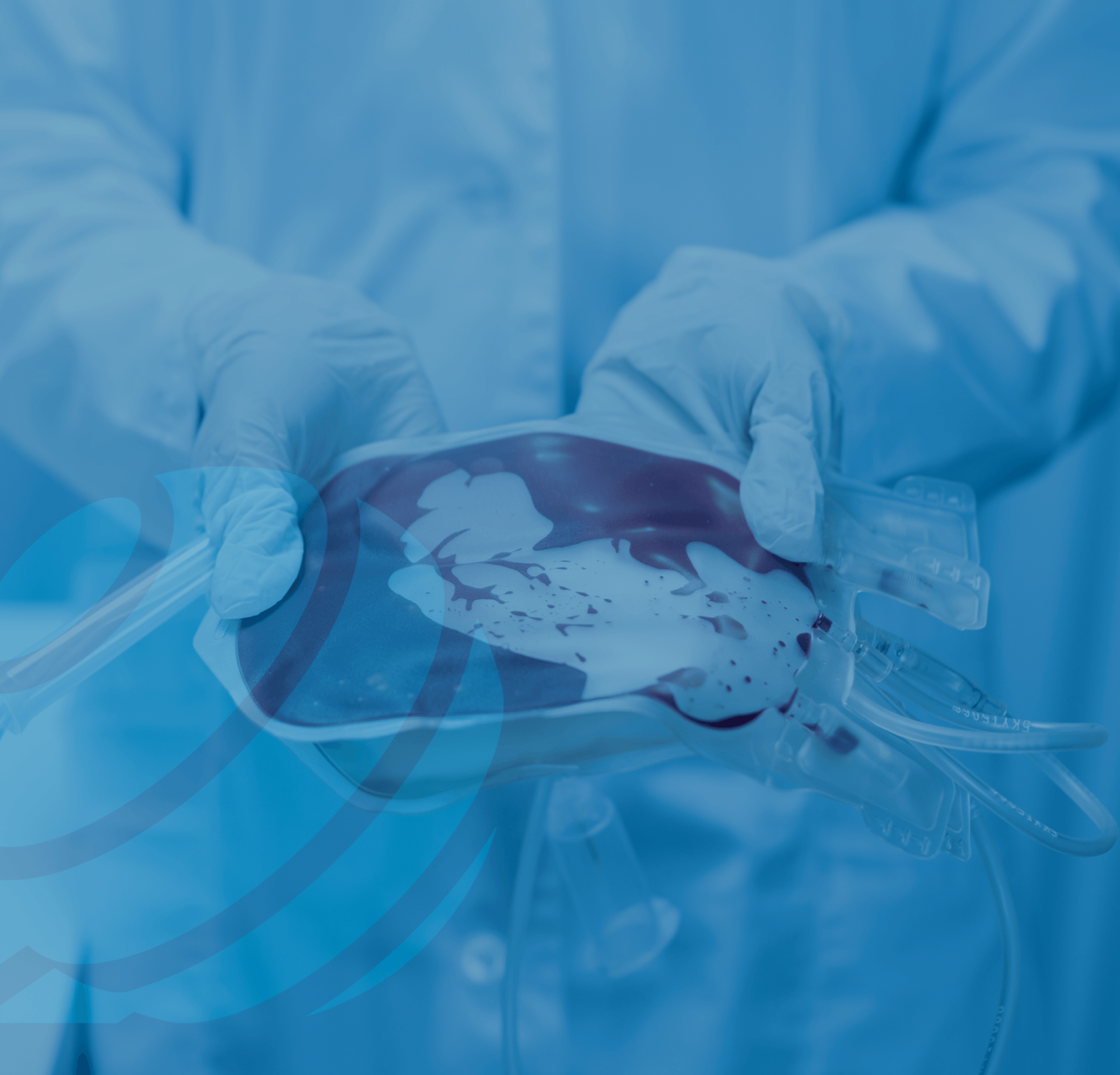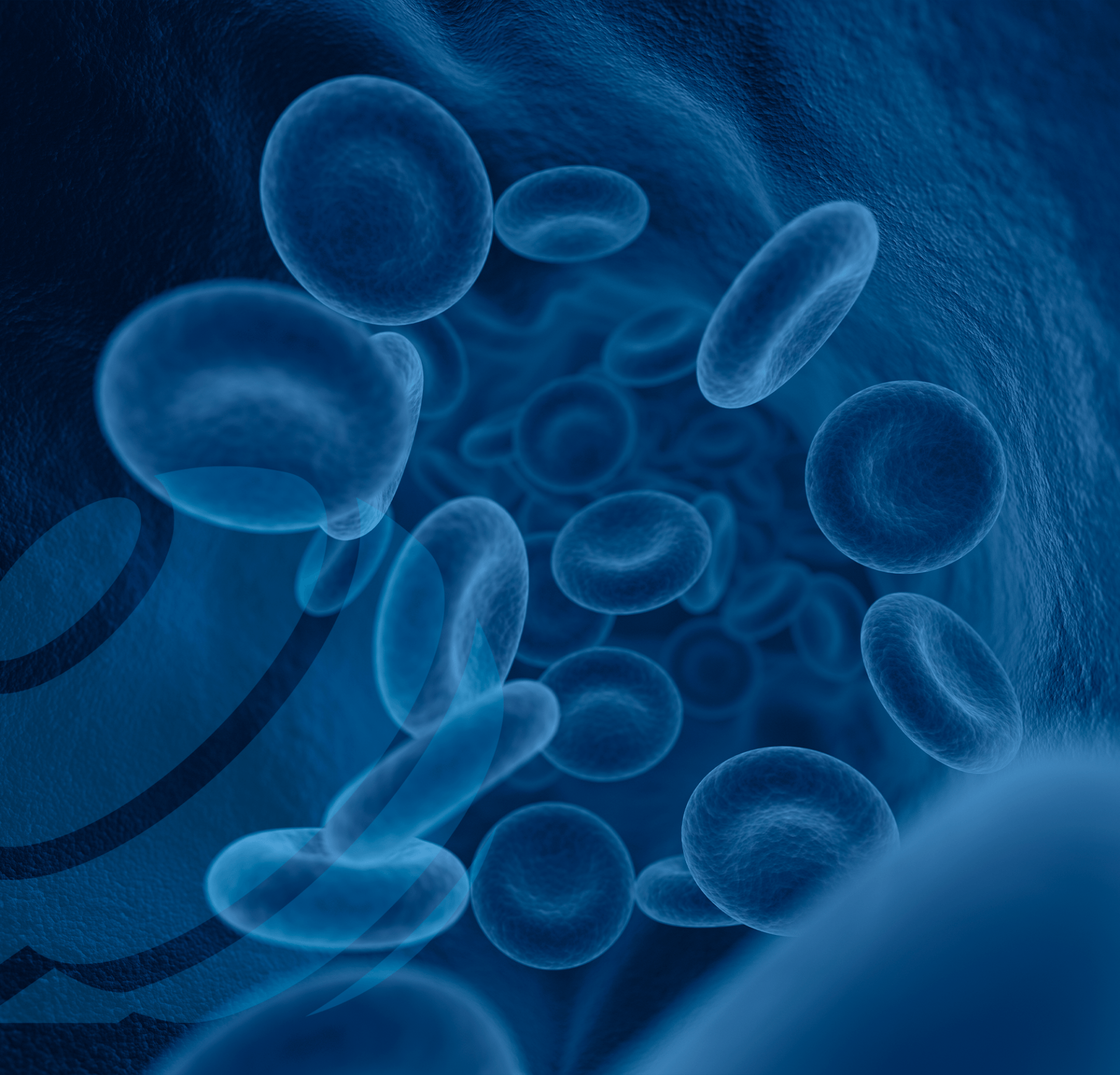SAC & Surveillance
Our Customer Service is open 24 hours a day, 7 days a week
Post-marketing / post-use surveillance
The availability of new technologies in the health area - in particular, products and services - has led to better coping with the diseases that affect individuals. However, despite the biotechnological advance observed over time, the use of such technologies can produce harmful effects on patients, ranging from simple discomfort to death, thus requiring that the causes of such effects be studied, investigated and monitored, so that patient safety is preserved.
The concern with adverse events and the perception of the need to study them, emerged in the early 1960s, after the birth of thousands of children with malformation resulting from the use of thalidomide by their mothers, during pregnancy. Based on this tragic experience, the first international efforts to address drug safety issues began to be systematically organized. At that time, therefore, Pharmacovigilance - defined by the World Health Organization as the science and activities related to the detection, evaluation, understanding and prevention of adverse events or any other problem related to medicines.
Over the past few years, in addition to pharmacovigilance, surveillance of adverse events resulting from use / exposure to other health products and services has been incorporated into policies that address patient safety in several countries. This is the case of Hemovigilance, Tecnovigilance, Biovigilance Cosmetovigilance, among others.
In Brazil, the proposal to organize this area is recent. Partly developed in some states, including the state of São Paulo, whose pioneering pharmacovigilance program started in 1998, the surveillance of adverse events started at Anvisa only in 2001 with the implementation of pharmacovigilance, hemovigilance and technovigilance in a restricted network of hospitals selected by the Agency for this purpose, called the Sentinel Hospital Network.
In 2009, this proposal was formalized nationally through Ordinance 1660 issued by the Ministry of Health. This rule establishes the Health Surveillance Notification and Investigation System - VIGIPÓS - within the scope of the National Health Surveillance System, as an integral part of the Unified Health System. Health - SUS, for the monitoring, analysis and investigation of adverse events and technical complaints related to services and products under health surveillance in the post-marketing / post-use phase.
The impact of post-marketing / post-use surveillance actions
Ensuring the implementation of good practices in the manufacture of products and in the provision of health services is of fundamental importance for the safety of individuals exposed to them. However, the verification of compliance with them, through health inspection, is insufficient for the prevention and control of health risks. The negative results of using products and procedures need to be noticed and faced, that is, there is a need to know the performance of products and services in "real life".
VIGIPÓS 'actions aim at measuring the impact of the use of products and services that adopt or not the good practices and the recommendation of corrective and preventive measures to avoid the occurrence of adverse events caused or not by deviations of the process, generating alerts to services and health professionals about such events.
The surveillance of adverse events in several countries, including Brazil, has already demonstrated, among other issues, that such practice:
- subsidizes the proposal to change certain procedures; can perceive negative signs early on products or services with good practices and working in accordance with the law and with this; avoid damage to individuals; supports the recommendation to suspend products from the market; promotes interruption the spread of risks based on alerts issued, it can subsidize the adequacy of legal norms.
Post-marketing / post-use surveillance in the State of São Paulo
The State of São Paulo was a pioneer in the implementation of Pharmacovigilance, with the official institution of the State Program for the Reduction of Iatrogenies - PERI defining the Health Surveillance Center as the coordinating body of the program.
Subordinate directly to the Technical Directorate of CVS, the initial activities of the program were solidly structured through an agreement between SES / SP and the Pan American Health Organization (PAHO), which enabled the technical support of national and international specialists, responsible for training body technicians and advisors for structuring procedures, workflows and developing publications.




